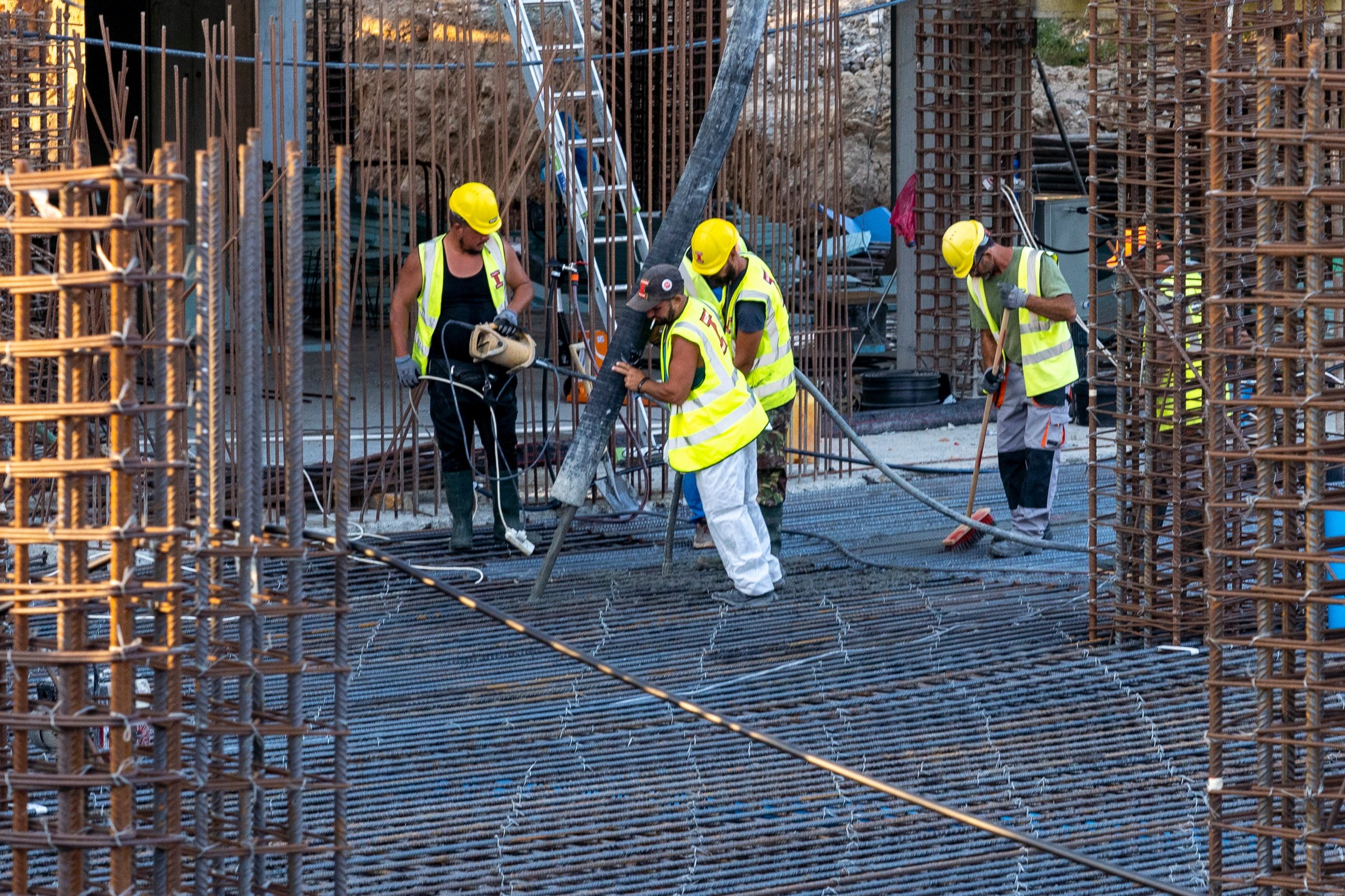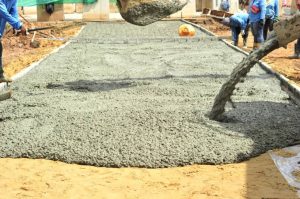
Concrete Pumping vs. Traditional Pouring Methods: Which Is Right for You?
Pumping concrete When starting a construction or renovation project, one of the most important decisions you’ll face is how to place your concrete. It might not seem like a big deal at first, but the method you choose can impact everything, from the speed of the project to its final finish and cost.
In Ireland, builders, homeowners, and contractors often find themselves asking: should I go with traditional pouring methods or opt for pumping concrete instead? Both have their merits, but choosing the right method depends on a range of factors like project size, location, timeline, and budget.
At Doyle Concrete, we work with a wide variety of clients and project types, and we understand that no two jobs are the same. This guide breaks down the differences between these two methods, helping you make a confident, informed decision.
Understanding Traditional Concrete Pouring
Traditional pouring is the original, manual way to place concrete on-site. It generally involves pouring the concrete from a mixing truck into wheelbarrows or buckets, then transporting and spreading it manually. This method is still popular on small to medium-sized construction projects, especially when there’s easy site access.
Why Choose Traditional Pouring?
- Cost Savings: No need for extra machinery if labour is already available.
- Simplicity: Ideal for straightforward jobs with open space.
- Low Equipment Requirement: Doesn’t require hiring concrete pumps or specialised operators.
Challenges of Traditional Pouring
- Labour Intensive: Requires a lot of manual effort, especially on larger sites.
- Slower Process: Moving concrete manually takes time and often causes delays.
- Accessibility Issues: Hard to reach areas (like basements or upper floors) may be impossible with this method.
- Uneven Finishes: Manual pouring can sometimes lead to inconsistent spreads.
What Is Concrete Pumping and How Does It Work?
Pumping concrete involves using a machine to transport and place concrete through a system of pipes or hoses. It’s the preferred method for modern construction sites that demand speed, precision, and clean execution. Whether you’re pouring a large foundation, a multi storey slab, or a backyard patio with difficult access, concrete pumping offers unbeatable efficiency.
There are two main types of concrete pumps:
- Boom Pumps: Large pumps mounted on trucks, with an articulated arm that extends to deliver concrete at heights or around obstacles.
- Line Pumps: Smaller, more flexible pumps that push concrete through hoses perfect for tight residential areas or smaller job sites.
Benefits of Pumping Concrete
Here’s why many professionals now opt for concrete and pump hire:
- Speed and Productivity: Pumping concrete allows for faster placement, reducing on-site construction time.
- Reach and Flexibility: Pumps can access hard-to-reach areas—whether that’s behind structures, down narrow pathways, or several storeys high.
- Cleaner Process: With less manual handling, there’s reduced spillage and waste.
- Fewer Workers Needed: Minimises labour costs and physical strain.
- Better Finish Quality: Smooth, continuous pours make for more uniform surfaces, key for floors and foundations.
- Weather Resilience: Pumps help you place concrete quickly before it’s affected by changes in weather conditions like rain or wind.
When to Use Pumping Concrete Over Traditional Methods
Both methods have their place, but certain situations clearly favour pumping.
Choose concrete pumping when:
- Your project involves large volumes of concrete.
- The site has access restrictions—like narrow streets, back gardens, or upper floors.
- You need a consistent finish, especially for slabs or polished floors.
- Time is a critical factor in project completion.
- You want to reduce manual labour and speed up operations.
Choose traditional pouring when:
- You’re working on a very small project, like a garden shed base or fence posts.
- The site is wide open and easily accessible by concrete trucks.
- Labour is readily available and cost is a bigger concern than time.
Why Experience Matters: The Value of Professional Pump Hire
Regardless of the method you choose, it’s essential to work with professionals who understand the nuances of the concrete placement process. At Doyle Concrete, we offer reliable concrete and pump hire services across Ireland. Our equipment is modern and well-maintained, and our team is trained to operate it efficiently and safely on any kind of job site.
From small residential renovations to major commercial pours, our clients trust us for dependable service, fast delivery, and expert advice.
Conclusion: Make the Right Call for Your Concrete Project
Choosing between pumping concrete and traditional pouring is more than just a technical decision, it’s about finding the most practical, cost-effective solution for your specific site. While traditional pouring may work well for basic, small-scale projects, the benefits of modern concrete pumping are hard to ignore especially when speed, precision, and access matter.
Looking for Expert Concrete and Pump Hire in Ireland?
At Doyle Concrete, we take pride in offering premium concrete and pump hire services tailored to your needs. Whether you’re a contractor working on a commercial site or a homeowner taking on a DIY project, we’ve got the right equipment and expertise to help you get the job done right.
Contact Doyle Concrete today to discuss your project and find the perfect solution for your concrete placement needs.



